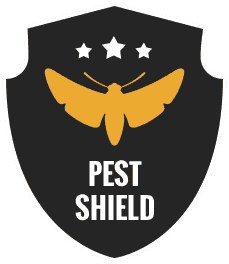Navigating Bee Pest Challenges: Understanding Common Species
- Honey Bees: Known for their importance in pollination and honey production, honey bees can become problematic when they establish hives in residential areas. They typically build nests in hollow trees, walls, or attics, and may sting if their colony is disturbed.
- Bumblebees: Bumblebees are robust pollinators that often create nests in underground burrows, compost piles, or cavities in buildings. While generally docile, bumblebees may sting if provoked, and their nests can pose risks near high-traffic areas.
- Carpenter Bees: Unlike honey or bumblebees, carpenter bees don't live in colonies but can still cause damage to property. They bore into wood to create nesting galleries, potentially weakening structural elements over time. Carpenter bees may defend their nests if threatened.
Understanding the behaviors and habitats of these bee species is crucial for effective pest management. While bees play vital roles in ecosystems, unwanted colonies near homes can pose risks to residents and property, necessitating safe and humane removal methods.
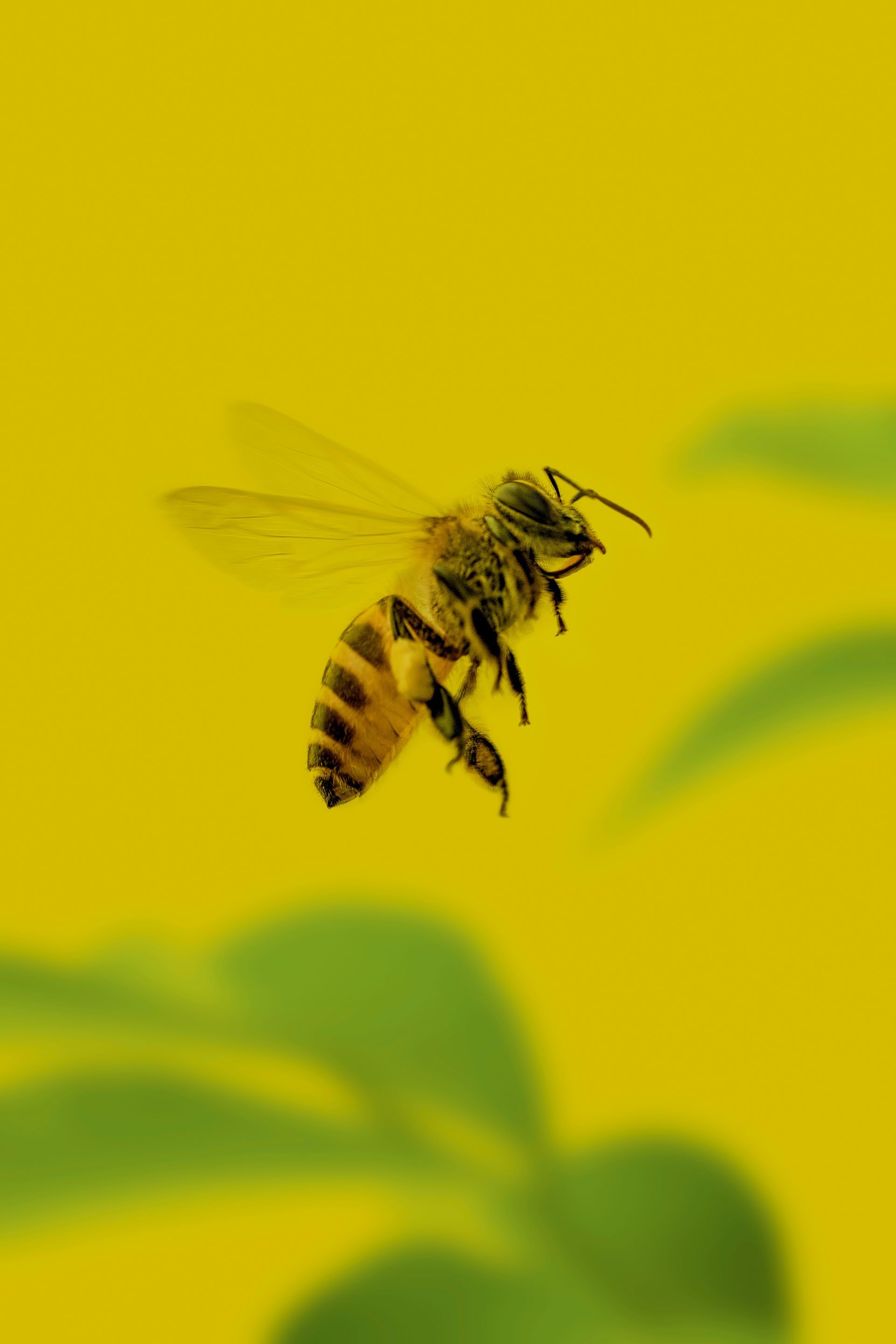
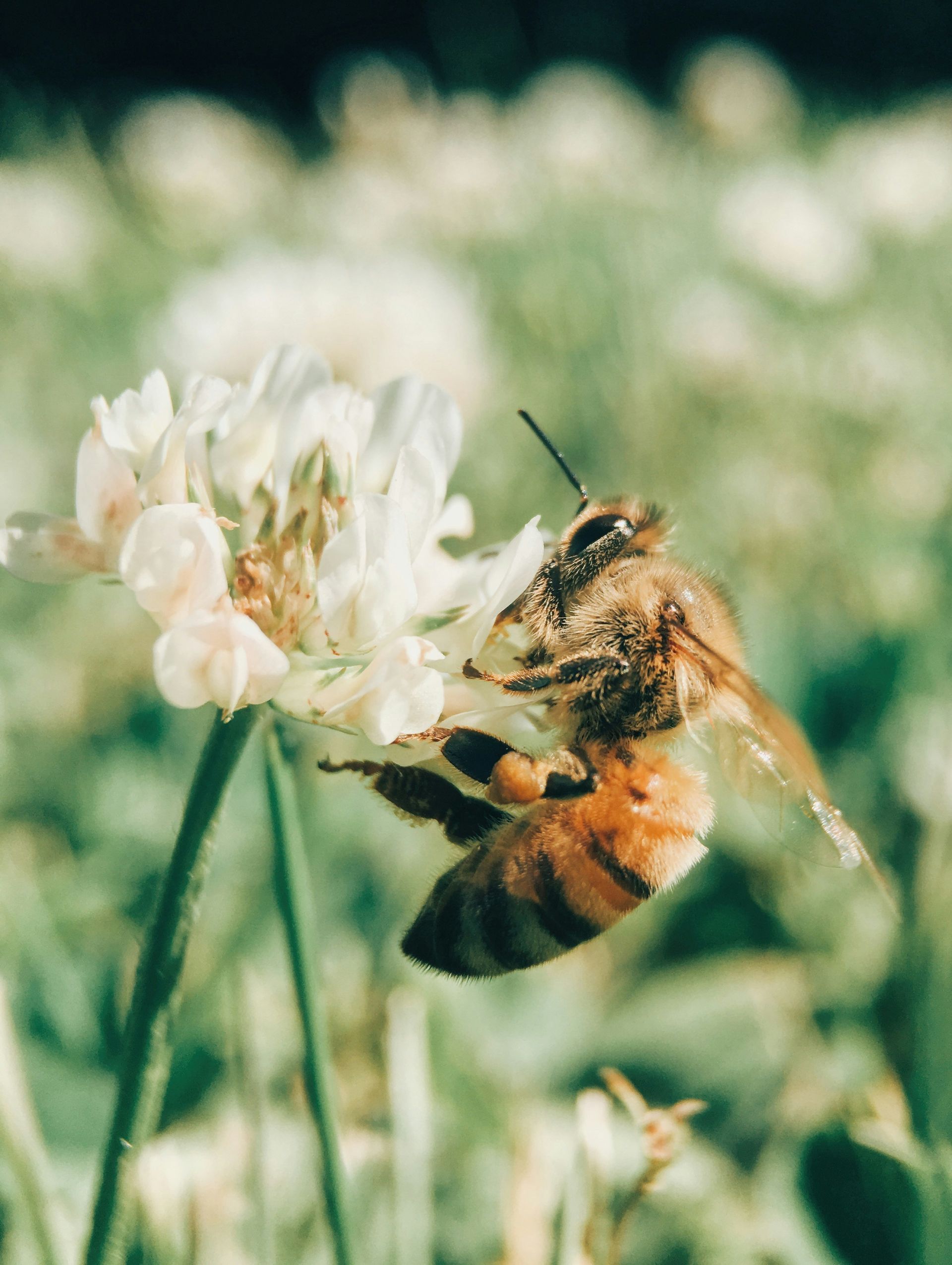
Detecting Bee Infestations: Signs and Identification
Recognizing signs of bee infestations is crucial for prompt action. Watch for:
- Large Numbers of Bees: If you notice a significant increase in bee activity around your property, particularly in concentrated areas, it may indicate the presence of a bee colony nearby.
- Buzzing Sounds: Audible buzzing sounds near structures or vegetation may signal the presence of bees, especially if the noise is persistent and intensifies over time.
- Honeycomb Structures: Discovering honeycomb structures, often built within cavities or on surfaces, is a clear indicator of a bee infestation. Be cautious when approaching these structures to avoid disturbing the bees.
- Visible Nests or Hives: Spotting nests or hives, which can vary in size and appearance depending on the bee species, confirms the presence of a bee colony on your property. Nests may be located in trees, bushes, walls, or underground burrows.
When identifying bee nests, consider the following:
- Honey Bee Hives: Typically found in enclosed spaces like tree hollows, walls, or attics, honey bee hives consist of wax combs filled with honey and brood cells.
- Bumblebee Nests: Bumblebees often nest in underground burrows or abandoned rodent dens, creating small, irregularly shaped nests with wax cells.
- Carpenter Bee Galleries: Instead of traditional nests, carpenter bees bore into wood to create galleries for nesting. Look for perfectly circular entry holes and sawdust piles beneath wooden structures.
Exercise caution when inspecting for bee infestations and consider seeking professional assistance for safe identification and removal.
Health Risks and Concerns of Bee Infestations
Bee infestations can pose various health risks and concerns for homeowners:
- Allergic Reactions: Bee stings can trigger allergic reactions in sensitive individuals, ranging from mild swelling and itching to severe anaphylaxis. Those with known bee allergies should take extra precautions and seek immediate medical attention if stung.
- Multiple Stings: Encountering a swarm of bees or disturbing a nest can lead to multiple stings, increasing the risk of adverse reactions and requiring prompt medical intervention.
- Structural Damage: Certain bee species, such as carpenter bees, can cause structural damage to homes by tunneling into wooden structures. Over time, this activity weakens wood, leading to aesthetic and potentially costly repairs.
To minimize health risks and stay safe around bees, consider the following tips:
- Avoid Provoking Bees: Refrain from swatting or disturbing bees, as this can provoke defensive behavior and increase the likelihood of stings.
- Wear Protective Clothing: When working outdoors or near areas with bee activity, wear long-sleeved shirts, pants, closed-toe shoes, and gloves to minimize exposure to stings.
- Be Mindful of Scents: Avoid wearing strongly scented perfumes, lotions, or brightly colored clothing, as these may attract bees.
- Seek Professional Help: If you suspect a bee infestation on your property, seek assistance from licensed pest control professionals experienced in bee removal. Attempting to remove bees on your own can be dangerous and may exacerbate the situation.
By understanding the potential health risks associated with bee infestations and taking appropriate precautions, homeowners can minimize risks and stay safe around bees. If stung, promptly remove the stinger, clean the area, and monitor for signs of allergic reactions. If symptoms worsen or persist, seek medical attention immediately.
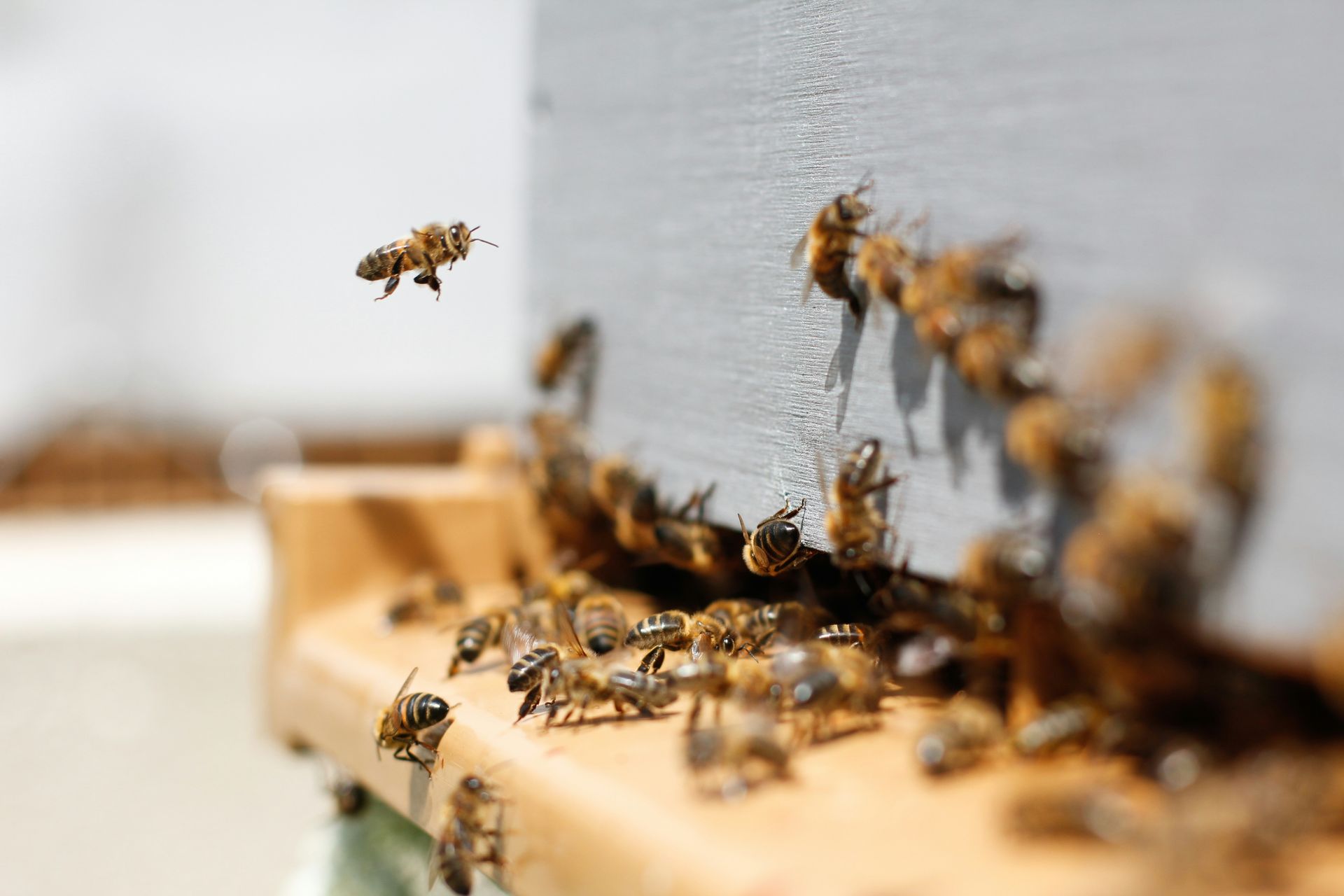
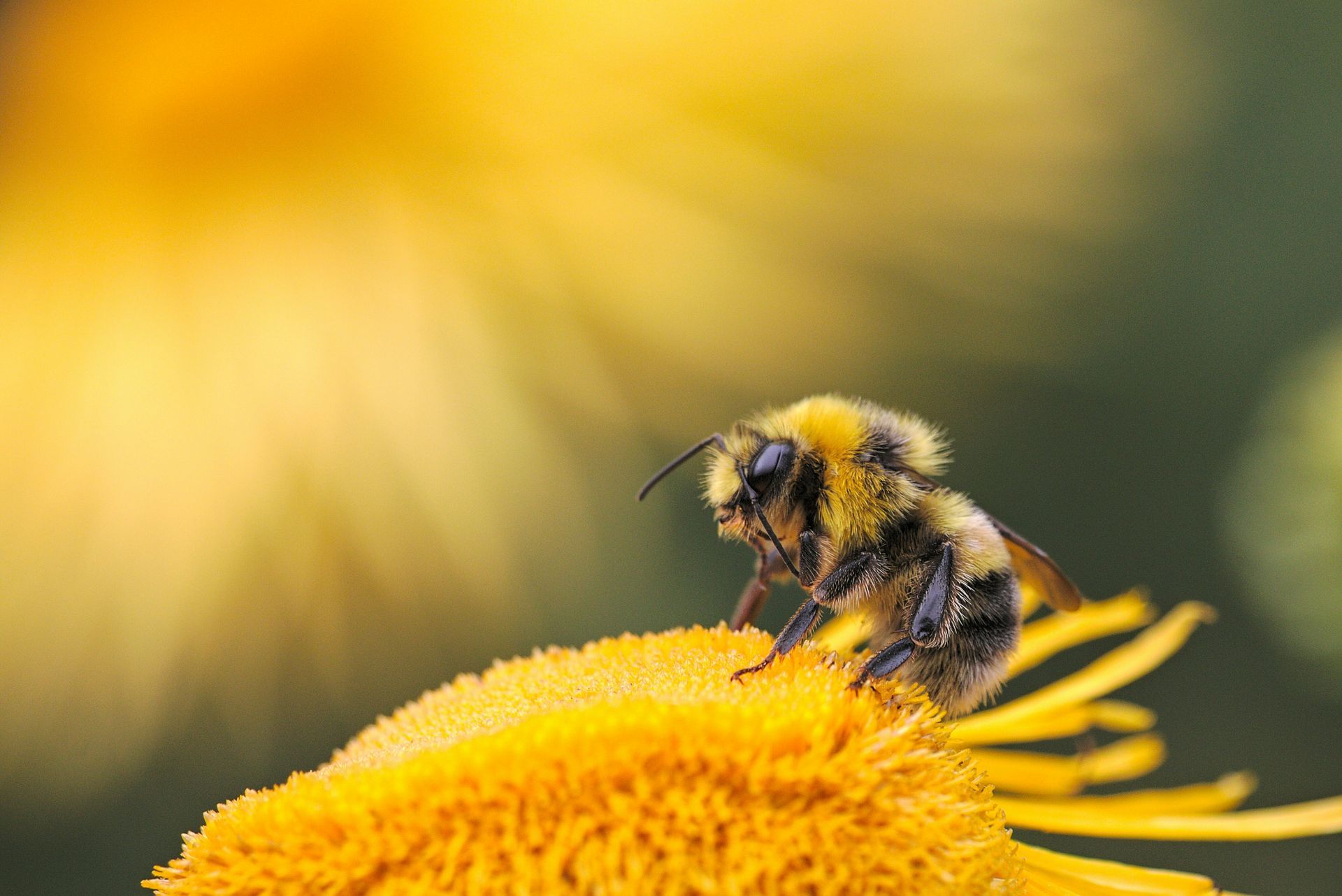
Our Bee Control Approach at 24/7 Local Pest Control
At 24/7 Local Pest Control, we prioritize humane and eco-friendly practices in bee pest control:
- Thorough Inspections: Our experts conduct detailed inspections to locate bee colonies and assess the extent of infestation.
- Humane Removal Techniques: We use gentle methods, like live bee relocation, to safely remove bees without harming them.
- Eco-Friendly Treatments: Our solutions minimize environmental impact, ensuring the safety of bees and surrounding ecosystems.
- Customized Solutions: Tailored plans address your specific bee infestation, providing effective and sustainable results.
- Educational Support: We offer resources to educate homeowners on bee conservation and prevention strategies.
Trust 24/7 Local Pest Control for bee pest control that's effective, humane, and environmentally conscious.

